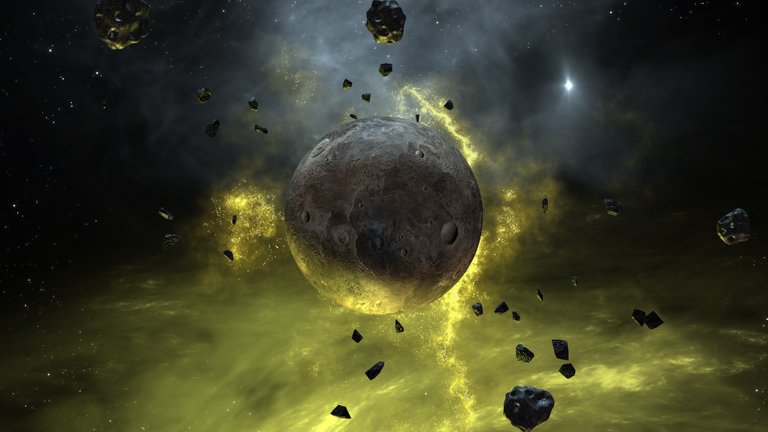The Upside-Down Solar System
Around the white dwarf known as WD 1856 a planet orbits very close. Too close actually. Impossibly close. Let’s look at why is that possible.

Image by mike lacoste from Pixabay
- Be also sure to check out my other posts and follow me @kralizec and subscribe to my Youtube channel at Kralizec Gaming Youtube Channel
From our Solar system, we are used to smaller objects orbiting larger objects. But that doesn’t have to be always true. An international team of astronomers searched through the data from the Transiting Exoplanet Survey Satellite (TESS) and from the infrared telescope Spitzer and discovered an incredible solar system where a massive planet orbits a much smaller star.
You might have guessed that the trick lies in the fact that the star is small but very dense so while it is smaller it is more massive. Otherwise, it would make NO sense. The system is known as WD 1856+534 (or WD 1856) and it is about 80 light-years away from Earth. The star of this system is a white dwarf – the burned-out core of a star similar to the Sun. The remains of a Sun-like star have only 40 of the size of the Earth. And to make things even more complicated, this solar system includes three stars. The white dwarf just likes to hang a bit further from the two other stars – two red dwarves.
Astronomist Siyi Xu from the American Gemini Observatory in Hawaii and her colleagues tracked down a Jupiter-like planet near the white dwarf. It is a gas giant with a mass that is maximally 14 times larger than Jupiter and is 7 times larger than the white dwarf it very closely orbits. It takes it just 34 hours to orbit it. That is sixty times faster than Mercury orbits the Sun. And since the data from the Spitzer telescope hasn’t shown any infra-red radiation it should not be a brown dwarf nor a very small star. Thus, it has to be a planet.
If you know anything about stars a problem will jump at you right away. The thing is when a white dwarf is born it is pretty drastic. First, a star balloons up into a red giant and eats up the planets near it. Only then it shrinks down into a tiny white dwarf. So, if the gas giant planet orbited the star while it was in that phase it should not exist. And if it came close to already formed white dwarf, it should have been torn apart by the immense forces coming from the dead star. But it’s there and seems to be doing well.
So, the researchers think that the planet probably existed at a distance 50 times large than it orbits nowadays. And as this is the first time we found a planet so close to a white dwarf it could tell us how planets migrate in solar systems. The most likely culprits in this particular case are other gas giants and the two other stars that exist in the system.
Sources:
- If you like the content I’m producing about science maybe you will like the content I produce about gaming as well! Be sure to check out my other posts!